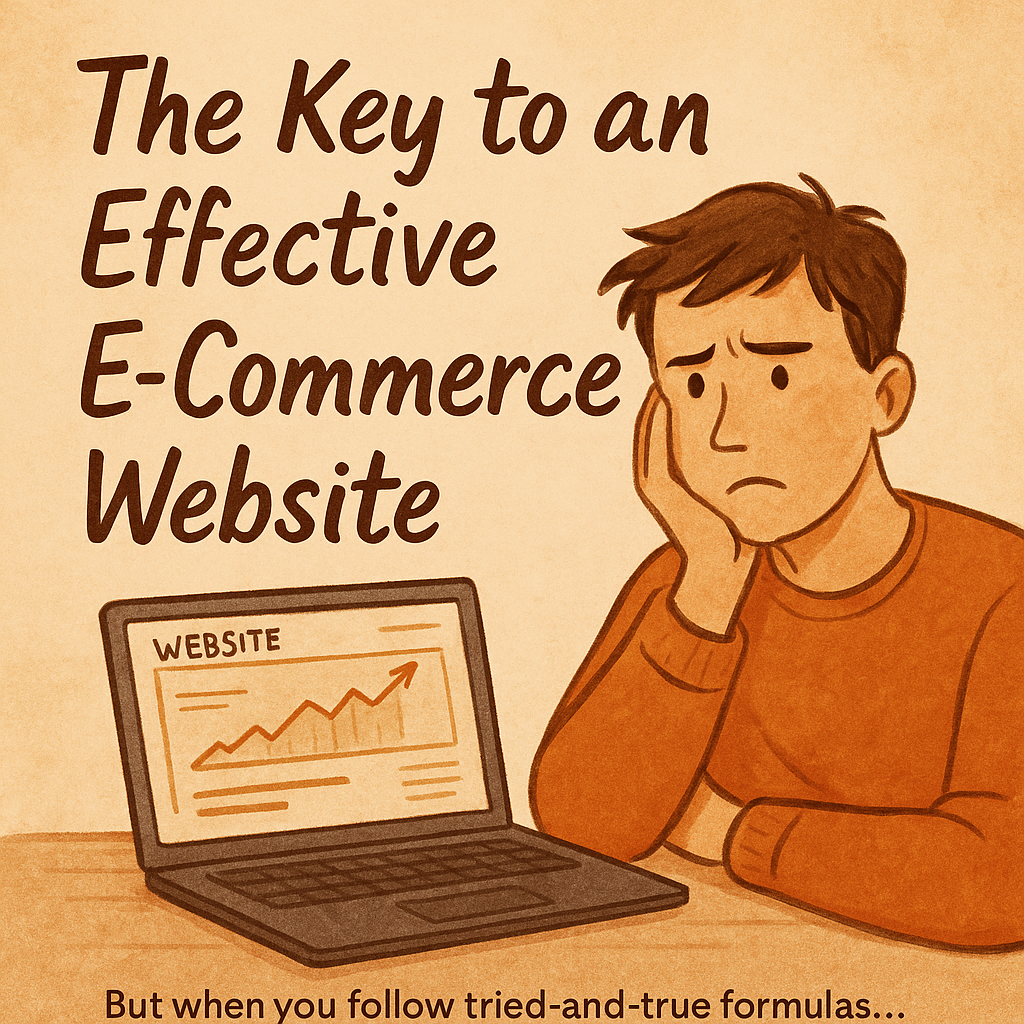From the outside, it looked like I had it all figured out.
Emails were going out consistently. Traffic was growing. Sales didn’t look bad either.
But what no one saw was how I felt when I closed my laptop at midnight:
Drained.
Heavy.
A little numb, to be honest.
I was producing… but I wasn’t living.
A few months ago, I was caught in the trap of doing everything I thought a “consistent” business owner should do.
Daily output. Weekly publishing. Constant optimization.
The problem?
I was treating a marathon like a sprint.
And that’s how you burn out.
The Micro-Shift That Changed Everything
One day, something snapped.
I asked myself a new question:
“What if I still want to be doing this 5 years from now?”
That one question rewired my thinking.
Instead of focusing on the today, I started planning for the sustainable.
Not just “How do I hit this week’s sales goal?”
But “How do I keep showing up with energy and clarity next year?”
What I Changed (That You Might Need Too)
✅ I redesigned my mornings.
No email. No campaign dashboards. Just 90 minutes of uninterrupted deep work.
✅ I batched my writing.
Three emails in one go beats three days of scrambling.
✅ I stopped aiming for “perfection” each day… and focused on momentum across the month.
✅ Most importantly: I built buffers into my calendar. Space to rest before I was tired.
It felt slow at first. But then something strange happened:
Everything started moving faster.
The New Definition of “Consistency”
Consistency isn’t about grinding every single day.
It’s about designing a system that doesn’t need you to grind.
In ecom, most founders build systems that work against their energy.
They want big results fast… but it comes at the cost of resilience.
What if the real win was having a business that works with your rhythm?
Ask Yourself This
If you’re building something that matters, ask:
- Would I still want to run this business 5 years from now?
- What needs to change today for that to happen?
Because if the current pace is killing your joy, it’s not the right pace.
Want to Keep Building Without Breaking?
Read this next:
[The Conversion Problem You Don’t Know You Have]
This article goes deeper into why your sales might be stuck—even when your traffic looks great.
What I Do When Profit Drops (And Why It Works)
There was a time when every dip in revenue made me panic.
The end of Q4 hit, the rush of holiday sales dried up, and suddenly—profits plummeted. My first instinct? Turn up the ads, launch a promo, find something—anything—to boost the numbers back up.
But it rarely worked the way I hoped.
It wasn’t until I stepped back that I realized: chasing short-term numbers was costing me long-term growth.
Most ecommerce founders experience this.
You come off a strong quarter, and then January hits. Sales slow. Ads don’t perform. People are spent out. The instinct is to fight for every order. But sometimes the better move is to look ahead.
Instead of trying to save the month, I started asking:
- What needs to happen in Q2 for me to grow?
- Where should my energy go this quarter to prepare?
That shift changed everything.
I began breaking my revenue targets by year, then quarter, then month.
I planned for Q1 to be a setup phase.
- Refine product offers.
- Dial in creative.
- Run low-risk tests.
Then I would use Q2 and Q4 for big pushes.
It felt strange at first—not fighting for every sale in a low month. But then Q2 rolled around, and for the first time, I wasn’t scrambling. I had campaigns ready. I had clarity.
And I earned more with less stress.
There’s something powerful about designing your year instead of reacting to it.
It puts you back in control.
If you’re only focused on what this month looks like, you’re always behind. But when you know what role each month plays in your bigger picture, you stop chasing and start building.
So the next time profits drop, don’t panic.
Pause.
Zoom out.
Design.
Because that’s what actually works.
If this resonated, you might want to read this next:
[Why Knowing Isn’t Doing—And What That Costs You]
It dives deeper into the real reasons strategy fails (hint: it’s not because we don’t have one).
See you there.






